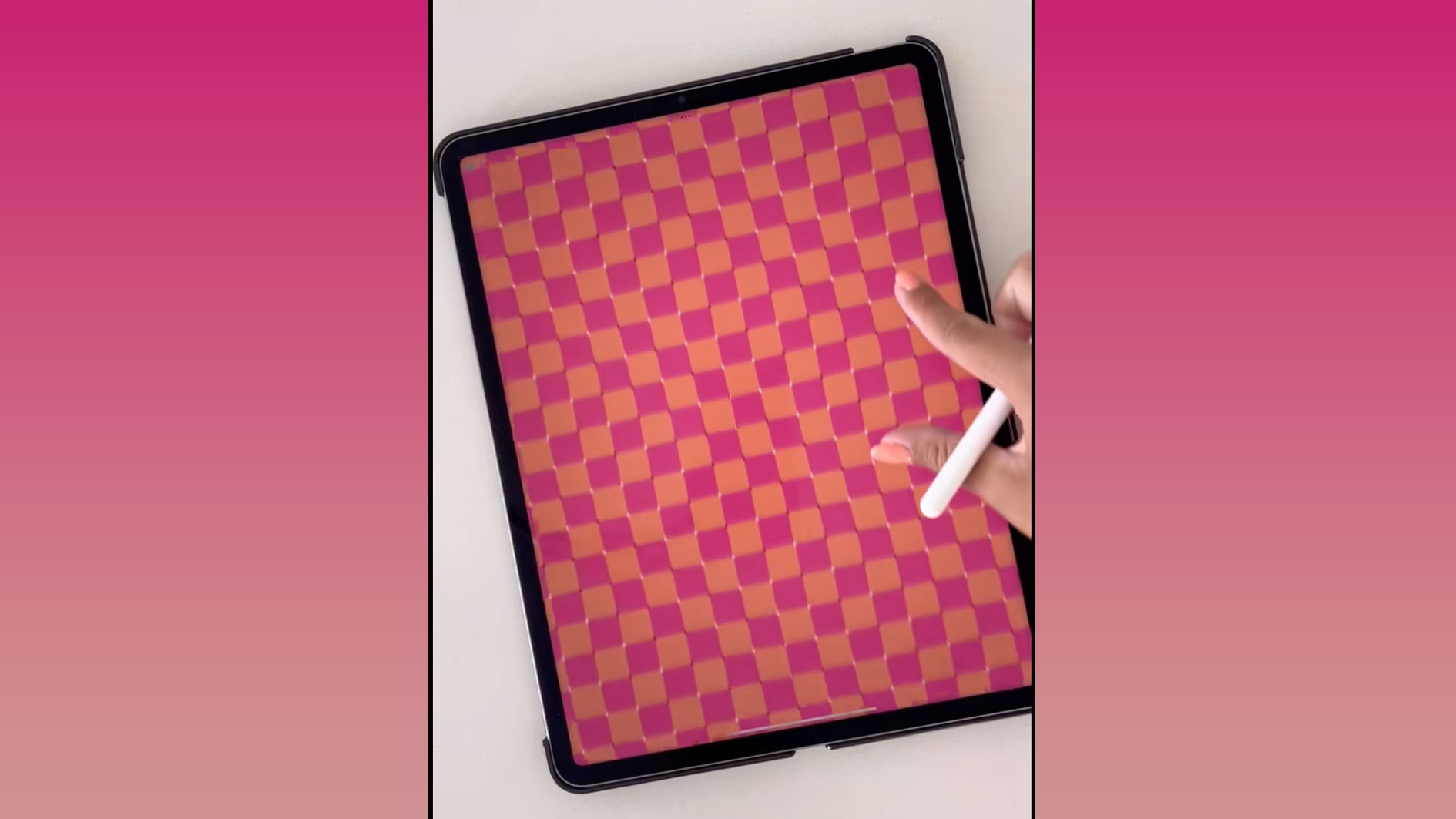What do you wish you'd known as a beginner graphic designer? - We asked the experts
Discover our 12 top tips on making it as a graphic designer.
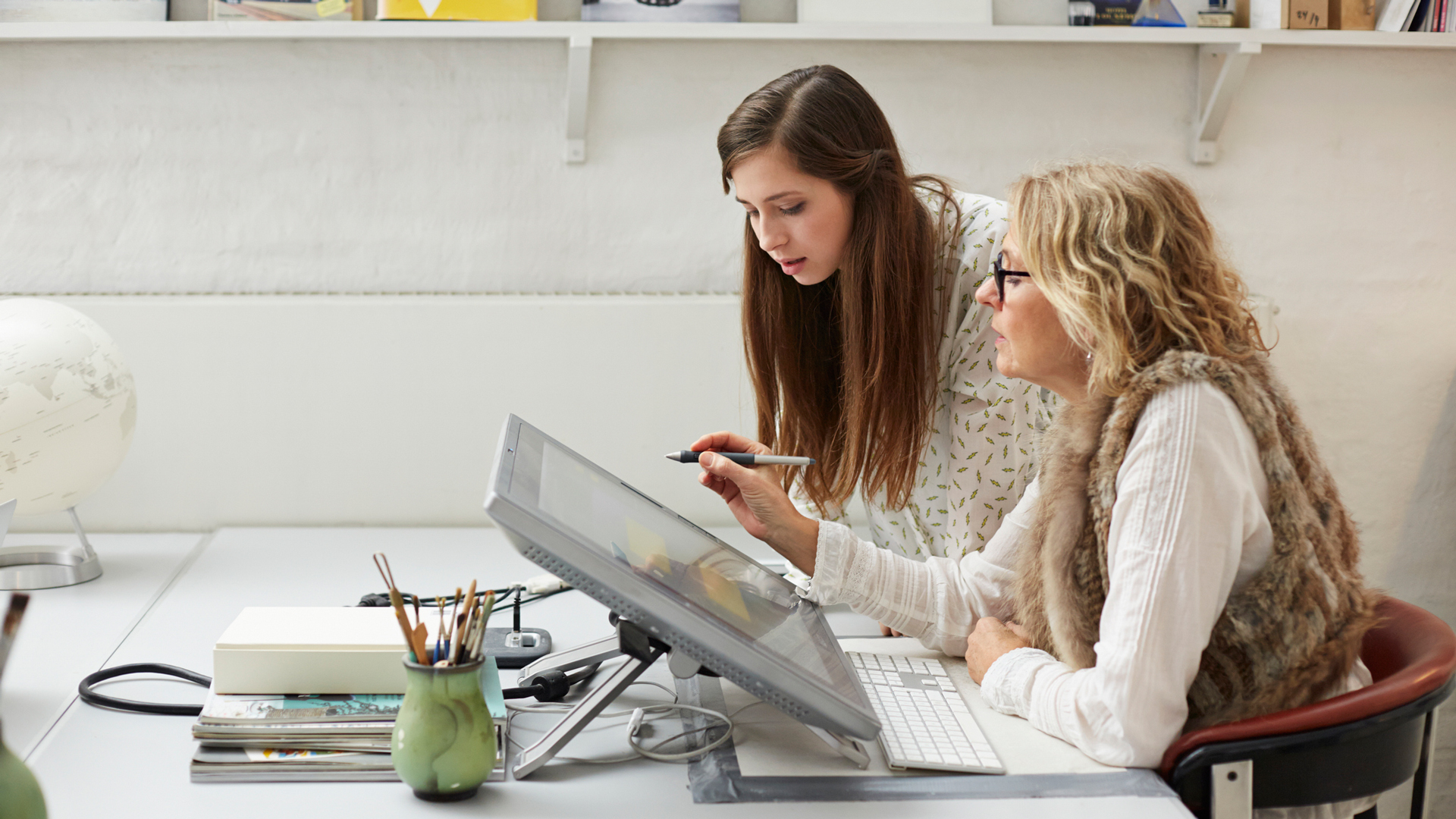
Beginner graphic designers aren’t short on resources these days. All over the internet there are courses, tutorials, videos and more designed to help you get the most out of your software, understand the principles of design, buy the right gadgets, and so on. Indeed, plenty of them are found on this very website – one of the reasons we keep our tutorial on how to design a logo updated is that we know how many people are using it.
However, there is a lot more to a design career than the nuts and bolts – and this is something that many beginner graphic designers have to find out the hard way. So, to help out, we got in touch with pro designers and put this question to them: what’s the one thing you wish you’d known when you started? If you could briefly leap back through the mists of time and give one bit of advice to a fresh-faced beginner designer who happens to look an awful lot like you, what would it be?
Everyone started as a beginner, after all – the people who designed the most iconic logos of all time were once just as green as you. The answers we got back were wide-ranging, insightful and surprising – read on to see for yourself. And if it gets you inspired to start creating, use our guide to the best free graphic design software to get started without spending a penny.
1. "Understand what you're diving into" – Willkay
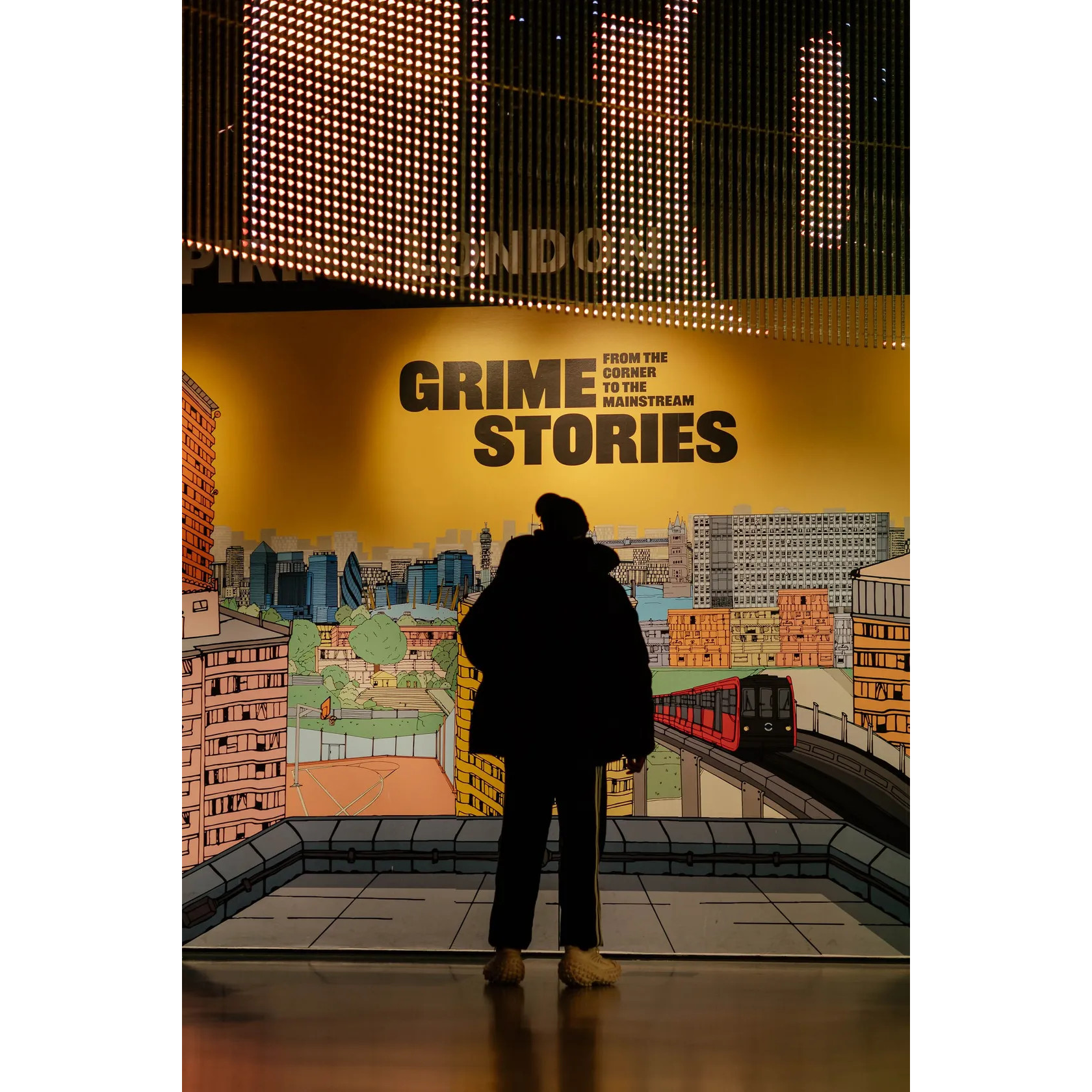
Willkay is a London-based artist and graphic designer. He has worked with a huge range of clients, from grime artist Stormzy to tech giant Microsoft, and he also designed a spectacular mural for the Museum of London (now the London Museum) as part of its Grime Stories exhibition, exploring the history of the genre and its roots in the capital.
For this project and so many others, Willkay has found thorough research to be his best friend. “One thing I wish I'd known when starting would have been to always gather more research and explore your subject matter in depth, so you understand what you are diving into and what may be useful for your project,” he says.
“When I worked with the Museum of London, I was dealing with over ten staff members, feeding history about London and other things. I enjoyed it a lot more when I ended up learning, discovering, making connections about how London began, who helped to form the city I love and live in.”
2. "Embrace rejection" – Liz Mosley
Liz Mosley is a design, branding and communication expert who offers tutorials, guidance and advice to designers and businesses alike. Her best advice? Don't be afraid to fail
Daily design news, reviews, how-tos and more, as picked by the editors.
"My biggest piece of advice for new designers would be to not be afraid of rejection and to embrace it as part of the creative process," she says. "We so often let a rejection or perceived failure fuel negative stories we tell ourselves about who we are, our skills and our reputation, but usually they are the part of the process that teach us the most and help us grow as designers."
"Often we think we are alone in experiencing rejection, but actually it's universal and all the designers you look up to and admire have had to deal with it too. If you can work through your fear of being rejected it will emolden you to go out and ask for what you want. It will give you the courage to pitch for opportunities, to push yourself out of your comfort zone and to have a mindset of experimentation and constant learning."
Determined to practice what she preaches, Liz has in the past set herself a "rejection challenge", aiming to collect a certain number of them within a specific time period. "Just doing that changed my feelings on rejection forever," she says.
3. "No workplace is perfect" – Judith Raynault
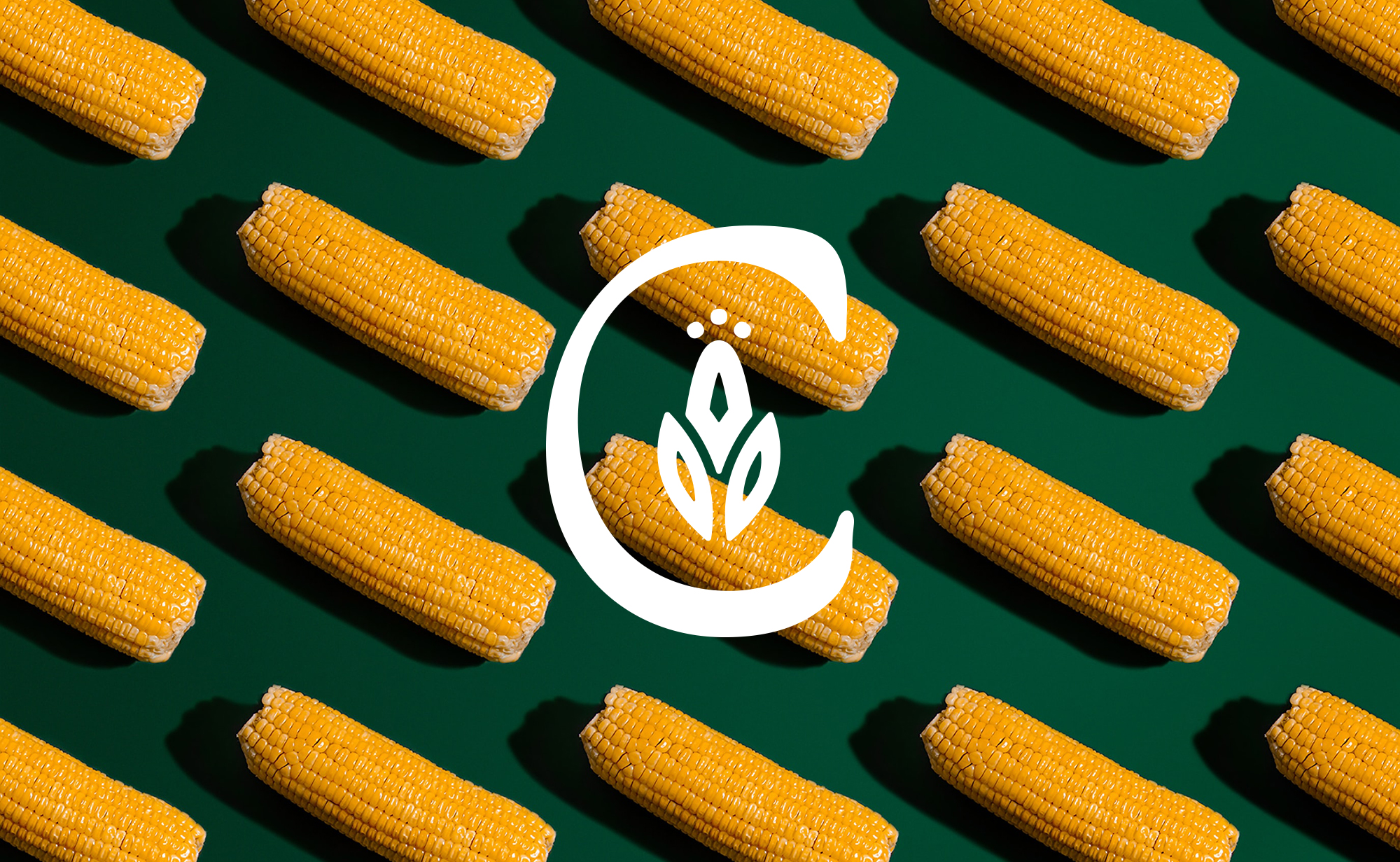
Judith Raynault is a well-travelled designer and illustrator, having turned her hand to book covers, movie posters, magazines, digital assets, exhibitions and more. Her advice? “No workplace is perfect – be it as an employee or as self-employed – so choose one that allows you to live your version of success,” she says.
“This might take time to discover, and your version of success might change along the way, and that’s okay. Follow your curiosity and try all the things.”
4. "Define what matters to you" – Liam Morrow
Liam Morrow is a multi-disciplinary creative and lecturer based in London, working in visual identity, type design, CGI and more. For him, one of the best things that any beginner graphic designer can do is figure out what’s most important to them, in order to be able to take the right jobs and leave the wrong ones.
“A creative career demands more of you than just technical skill– it asks for your authenticity,” he says. “Unlike other jobs, design often blurs the line between personal and professional identity, which means that the work you do will reflect, challenge, and sometimes even compromise your values.”
“Be conscious of this from the start. Define what matters to you – creatively and ethically – so that when opportunities arise, you can distinguish between the ones that align with your vision and the ones that might take you further from it.”
5. "Growing an audience takes time" – Meg Turner
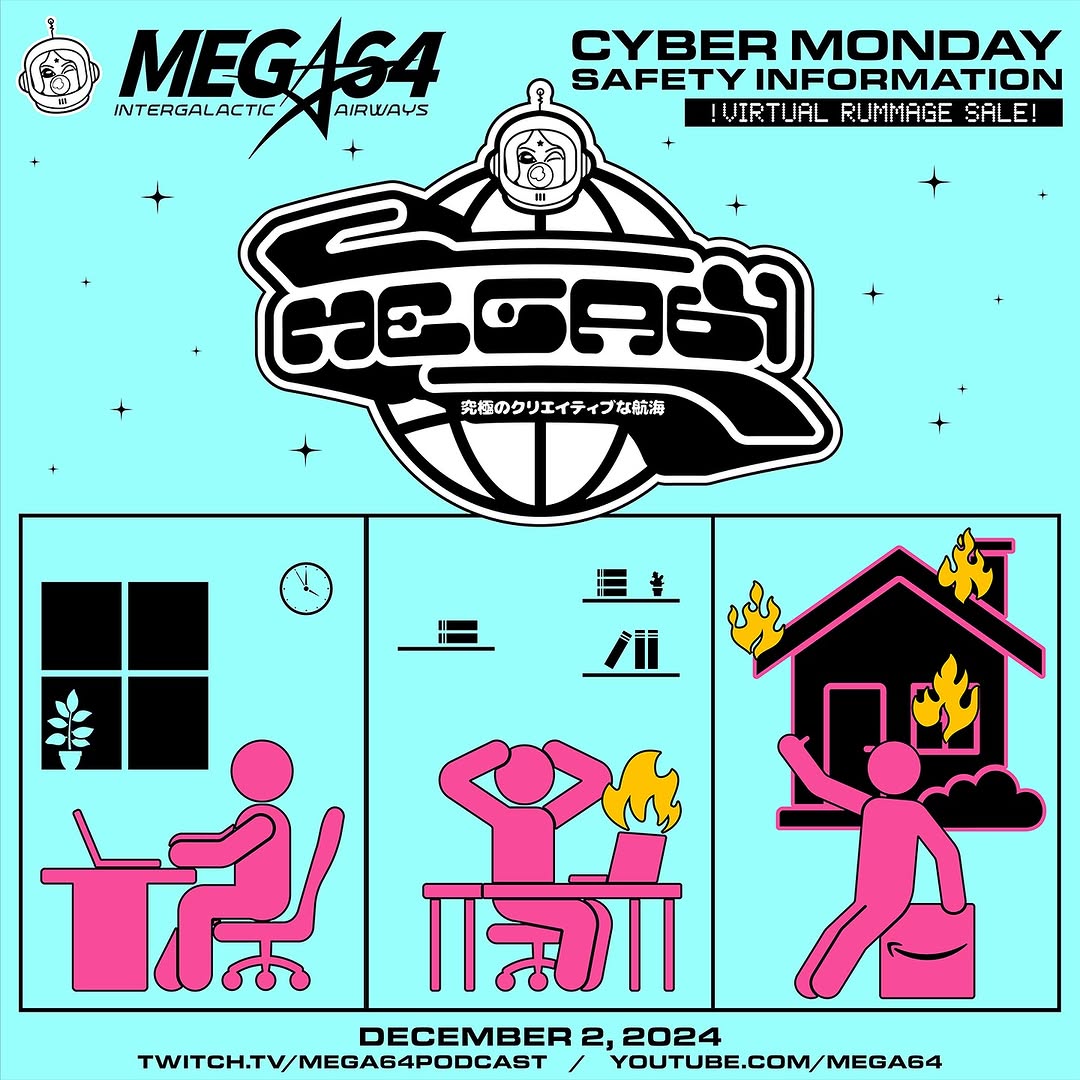
You may not want to hear this, but almost all beginner graphic designers are going to have to get comfortable with the idea of self-promotion. Unless you stay at one job your entire career, at some point you’re going to have to sell your services.
There’s some good news though, according to Meg Turner, lead graphic designer and Social Media Manager for Mega64. You don’t have to suddenly turn yourself into an influencer overnight – it's more about the long game.
“Don’t get discouraged if your artwork or designs don’t initially receive much engagement on social media,” says Meg. “Growing an audience takes time, and social media is a key tool for connecting with new clients and networking with fellow artists. So keep sharing your work!”
6. "Trust your gut" – Alixandria Wolfe
Alixandria Wolfe is the Design Director for Poppins Agency, a creative agency that specialises in forward-thinking branding with digital flair. Her tip is a simple but vital one: “Trust your gut,” she says.
“Your creative directors, design directors, whoever, are at some point going to tell you to design something you think is ugly. Do it. Then design something better.”
7. "Work with people better than you" – Marisa Jensen
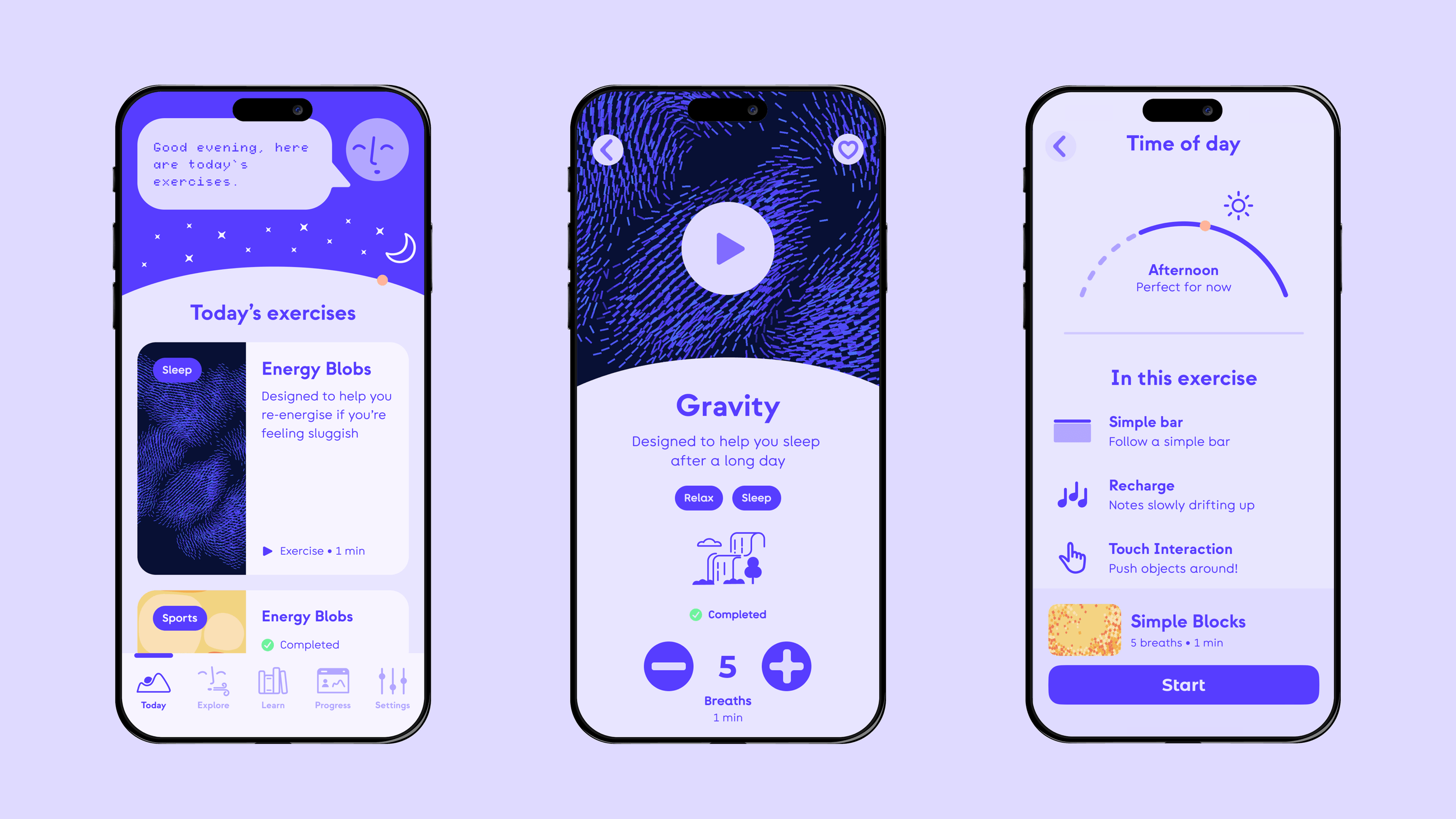
As a freelance digital product designer, Marisa Jensen (@studio__naru) works across diverse socially conscious fields, from health and climate tech to social impact. She has designed apps and experiences across a litany of platforms, including for Apple Vision Pro – but her key piece of advice is to always learn from others.
"My piece of advice would be: Work with people that are better than you," she says. "Absorbing experience from seasoned designers is far more efficient than trying to teach yourself or pretending to know what you're doing."
8. "Commit to being a continual learner" – Abi Connick
Abi Connick is a design expert and YouTuber who shares courses, tech tips, templates and resources to help other creatives level up their skills.
“After working with talented designers, mentoring aspiring freelancers, and seeing those who struggled to make it, I've noticed one clear pattern: every successful designer is consistent,” she says.
“But consistency alone isn’t enough to guarantee success. You can't just show up, you have to commit to being a continual learner, focus on improving your craft, and refine your skills.”
9. "Make a zine" – Alexandra Gallant-Lee
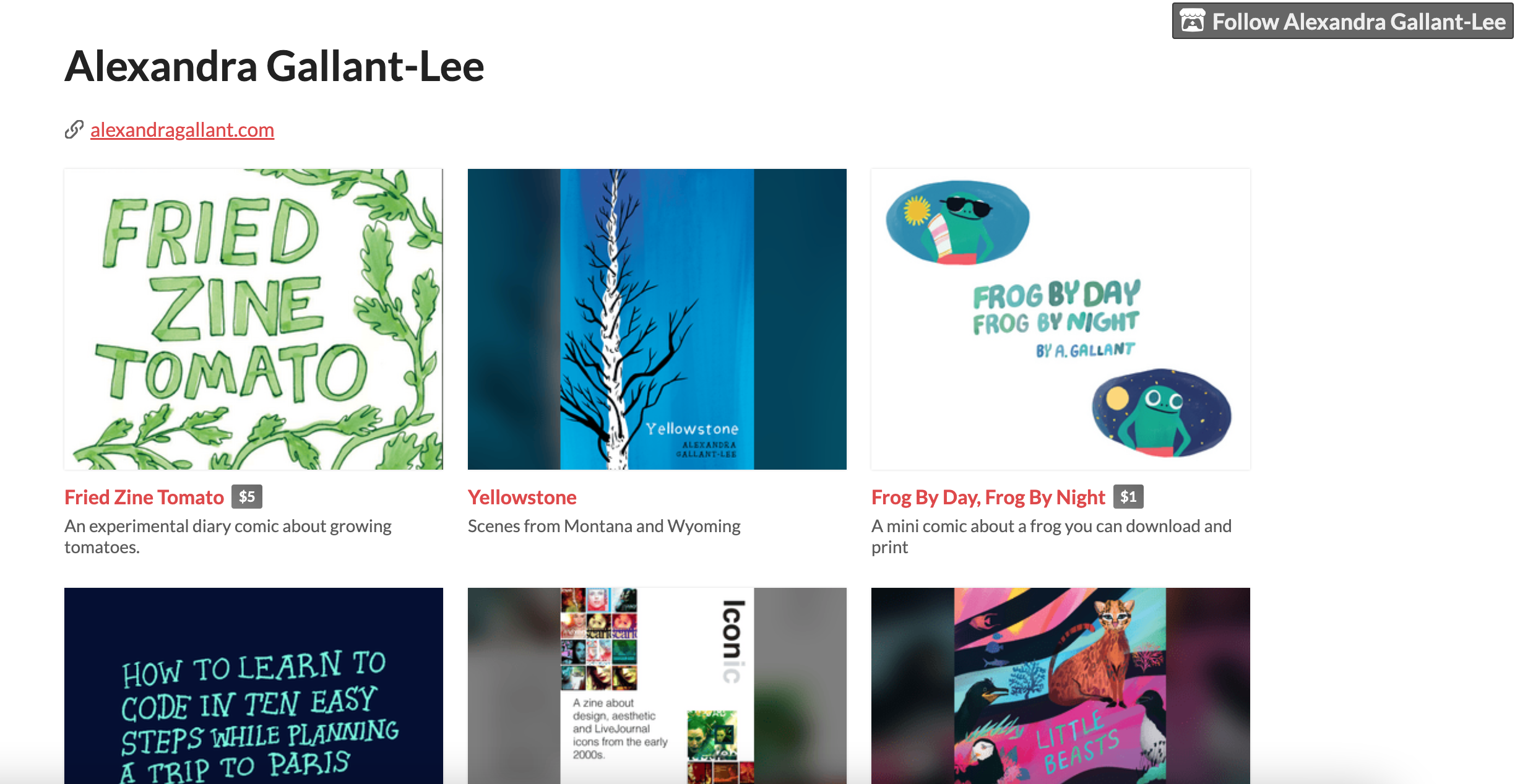
In any creative discipline, it’s good practice to always be making things, taking projects from beginning to completion – and if that project is something tangible you can hold in your hand, so much the better. For artist, designer, illustrator and cartoonist Alexandra Gallant-Lee, that means one thing – zines!
“Everybody should make a zine about something they love, knowing that even if nobody else sees it, they have made something about a thing they love that is real and in the world and that they now get to hold in their hand,” she says. “For some designers, making a passion project zine might be the first time you've ever ‘hired’ yourself for a job, but you will be surprised by how much you can learn when you work on a zine.”
“Zines are also low stakes, low barrier and most importantly low cost. A zine can be a single sheet of paper folded up into eighths. A zine can be a 28-page booklet you get printed professionally. A zine can be anything and everything you want it to be. The only real requirement of a zine? That you make it and finish it. After that, it's whatever you want it to be.”
10. "Know when to stop" – Lizzie Knott

It’s counter-intuitive, but a big part of learning to work effectively is learning when not to work. illustrator and graphic designer Lizzie Knott has worked across books, newspapers, marketing and animation, and one of the most valuable things she’s learned is that sometimes you just need to walk away for a moment.
“Take breaks and step back,” she says. “It is so easy to overwork an illustration, especially when there isn’t a deadline or you’re really absorbed by the piece. Know when to stop, take a break from the work and step back to observe how it is coming along – you’ll often find that it gives you a new perspective.”
11. "Don't jump into freelance" – Von Glitschka
Sooner or later, any designer is likely to be confronted with the question of whether to make the leap to working for themselves. While the siren song of independence can be alluring, it’s a good idea to think twice before leaping, according to Von Glitschka, creative director of Glitschka Studios based in the Pacific Northwest.
“Don’t jump into freelance immediately,” he says. “Work for a design firm, or agency first. Get the base experience and learn from the seasoned pros, glean their insight. Along the way, work out your own creative process, taking cues from others’ experience, and dedicate yourself to improving it when you discover better methods observed from others.”
12. "Hone your ideas early on" – Alixandria Wolfe
Finally – Alixandria Wolfe from Poppins Agency offered us two tips, and we liked them both enough to allow her a second jump through the time portal. Her second piece of advice is that it’s never too early to be exercising the most creative parts of your brain – the muscles that come up with ideas.
“Early on in your design career it's all about craft – how good you are at bringing life to designs through your software skills,” she explains. “But at some point that switches to how good you are at coming up with the idea, or the thought that inspires a team to create something amazing. Hone that skill early on and it'll make progressing in your career a lot smoother.”

Thank you for reading 5 articles this month* Join now for unlimited access
Enjoy your first month for just £1 / $1 / €1
*Read 5 free articles per month without a subscription

Join now for unlimited access
Try first month for just £1 / $1 / €1
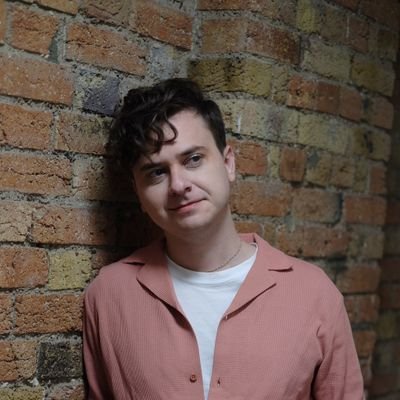
Jon is a freelance writer and journalist who covers photography, art, technology, and the intersection of all three. When he's not scouting out news on the latest gadgets, he likes to play around with film cameras that were manufactured before he was born. To that end, he never goes anywhere without his Olympus XA2, loaded with a fresh roll of Kodak (Gold 200 is the best, since you asked). Jon is a regular contributor to Creative Bloq, and has also written for in Digital Camera World, Black + White Photography Magazine, Photomonitor, Outdoor Photography, Shortlist and probably a few others he's forgetting.
You must confirm your public display name before commenting
Please logout and then login again, you will then be prompted to enter your display name.
